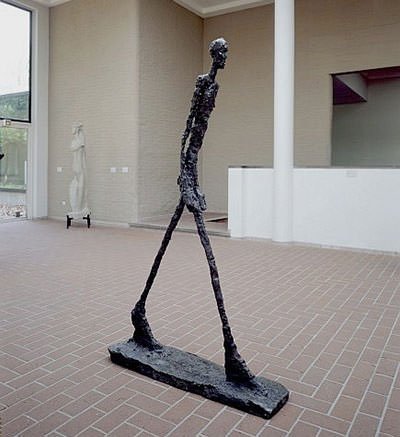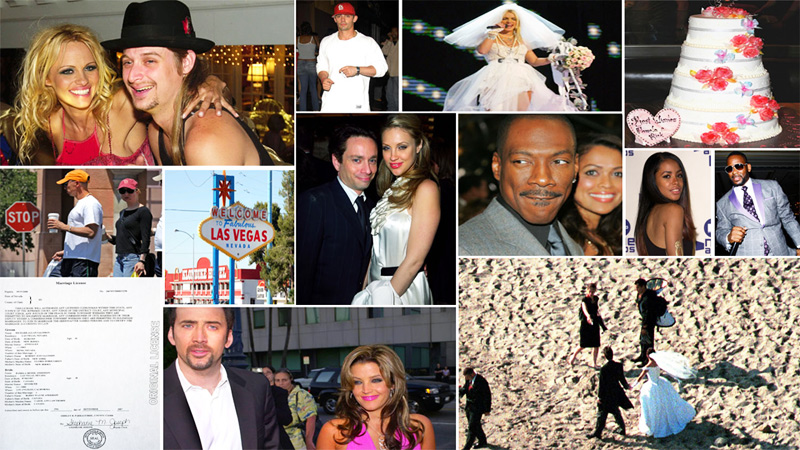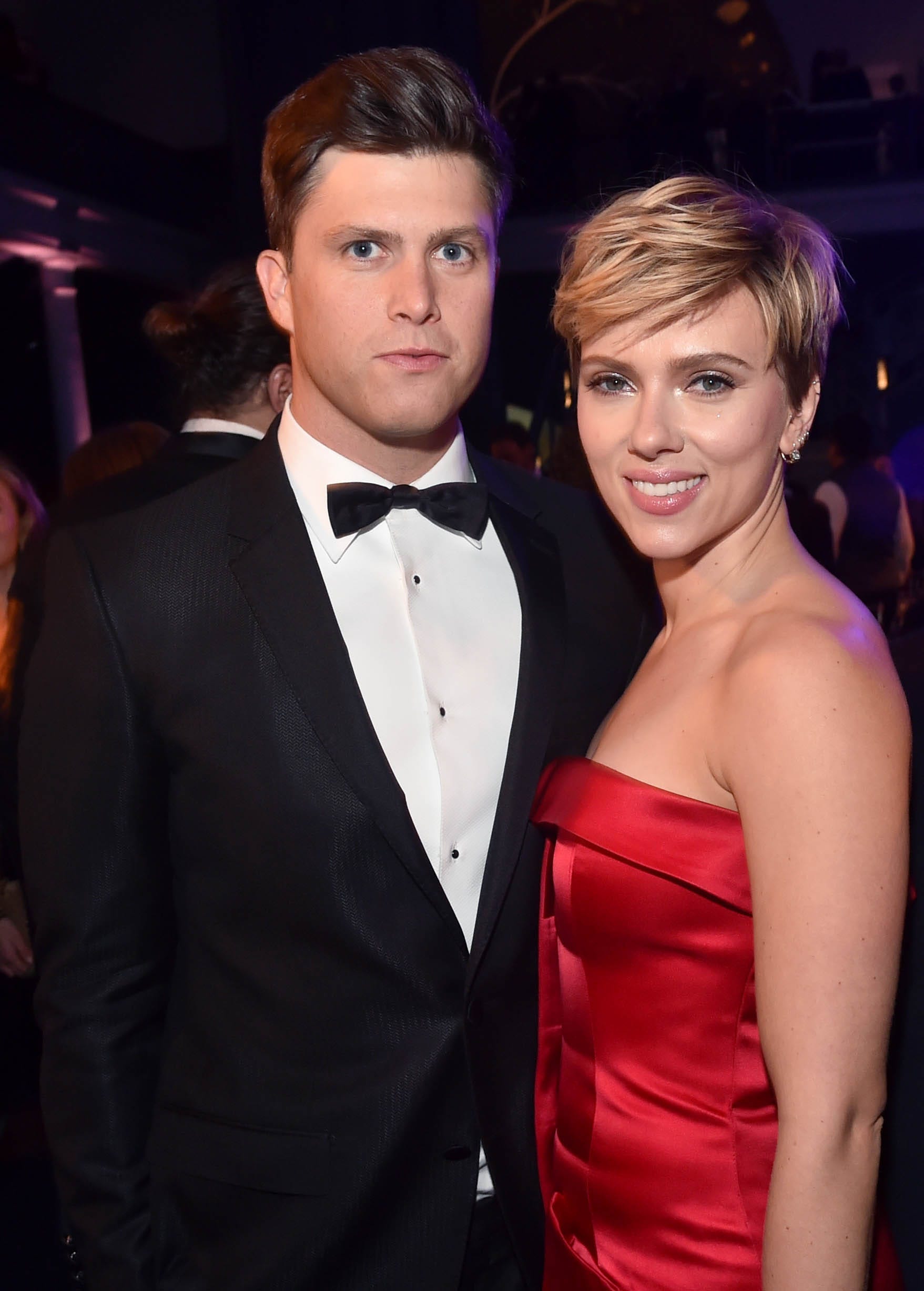
Happenings refer to events or performances in the context of art. They are often performance art, but can also be a form of theater or other type of entertainment. Allan Kaprow first used this term in the 1950s. Happenings are an increasing phenomenon in many fields today, including theatre, dance and the visual arts. Read on to find out more about happenings. Here are some examples. They're a great way for you to learn about contemporary art.
Performance art
Performance art can be presented in many different ways. But what makes it unique from other types of art? It is a combination of chance and spontaneity in its most basic form. Unlike other forms of performance art that often focus on theatrical ethos, Happenings are free-form and can take place anywhere - in a gallery, a theatre, a farm, or even a cave. These happenings are interactive, involving the audience as much as the performers.

Staged entertainment
"Happenings," an ephemeral term, refers to performances or exhibitions that combine elements of art, music and dance. The term was coined in the 1950s by American artist Allan Kaprow. Inspired by Italian Futurist performance and using moving light and machinery as actors, Happenings challenged conventional proscenium theatre conventions. Like the name suggests, Happenings are events that allow multiple people to participate, even the audience. The idea of simultaneity was added to the concept by Dada's accidental assembly of found objects and gesture-painting.
Artists resist painting
There was a time in the history of painting when artists began to rebel against traditional rules and conventions of painting. One such group was the impressionists, who rebelled against classical academies. Their work helped to establish an image of an artistic person as neutral. While other artists stood against painting, it was their work that made them popular. In any event, it was the rebellious artist who created Impressionism.
Influence Fluxus
Fluxus has had a profound influence on current culture and events. Its impact can be traced to multi-media art performances. Fluxus' 50th-anniversary performance was performed by Other Minds in San Francisco. This performance, featuring works by Alison Knowles and Yoshi Wada as well as Hannah Higgins, Luciano Chessa and Adam Overton was a significant milestone in Fluxus’ history.
Characteristics Of Happenings
What makes Happenings unique? They combine all aspects of art and life into one event, according to their creators. Happenings combine the roles of audience and performer to create a duality between perceptions and consciousness. While Happenings have a theatrical nature, their significance lies in the attention they pay towards perception. Happenings performs an artistic experience that is a faculty of perception.

Influence of Fluxus - Performance art
The Fluxus Movement was a prominent avant-garde group that challenged accepted social norms. The Fluxus artists and performances changed how we view art and understood it, even though they were initially seen as fringe culture. Their unconventional, ephemeral art was initially dismissed as pretentious and absurd, but today their influence can still be felt. Fluxus influences the work and performances of Fluxus in many ways. This includes how we view art, as well as how we consume it.
FAQ
How can I incorporate pop culture into my marketing strategy?
To understand how to use pop culture in your marketing strategy, you need to look at the trends within it.
For example, let's say you wanted to promote a new movie. What type of promotion can you do?
A trailer could be created using clips from the film. A clip could be found that features your product or service and included in the video.
Or perhaps you could create a parody version of the trailer using other famous films.
You could use the movie's plotline to create a promotional campaign for a product or service you were trying to promote. You might promote a product that can help astronauts remain healthy while in space.
Promos could be run for businesses that are related to the movie's plotline. Customers who buy tickets for the movie could get free food samples from your company if you sell food.
What are some positive aspects of pop culture?
Pop culture can be good. For instance, it gives people something to talk about. Also, it helps people express their creativity. Pop culture can be used to promote artists' work.
Pop culture brings people together. Everyone wants the same show. Everyone loves the same music. And everyone likes the same movies. Pop culture makes it easy to connect.
Pop culture can be unhealthy. For example, some films glorify violence. Some TV programs mock people with mental disabilities. And some bands encourage fans to do drugs.
So what should we do with the negative aspects of pop culture?
Pop culture should be avoided. We shouldn't let it influence us. It can be a problem for our health. It can lead you to crime. It can even affect our relationships.
Pop culture should be considered as a way to help or hinder society. Is it promoting good values? Are people being persuaded to do evil things?
Lastly, let's ask ourselves if we are content with the world we live. What music do you like? The TV programs we watch What clothes do we wear?
If we care about our future, we must take responsibility for our actions. The first step is to decide the type of world we want. This will allow us to choose the right kind of pop culture.
What is popular music culture?
Popular Music Culture is a constantly-changing phenomenon that comes in many forms.
Popular music culture can be defined by its use certain types of music (e.g. rock, jazz) or lyrics. It also includes the impact of visual media such as television, fashion and advertising on artists' careers, as well as public perception.
It's also the way that fans interact with their favorite musicians.
One element of popular music culture is the emergence of "superstars" - artists who have achieved fame and fortune for themselves.
These superstars often transcend genres and become cultural icons, and their popularity has influenced the evolution of popular music itself.
The popular music culture also includes:
* The rise of recording technology -- from acoustic instruments and electric guitars to microphones and microphones.
* The invention of the record player and the radio;
* The birth of rock'n roll.
* Introduction of film and TV;
* The advent MTV and VH1
* The creation and use of the internet.
How can we avoid the dangers of pop culture?
First, it is important to recognize when pop-culture influences us. Then, we need to ensure that we are not being influenced. These are some ways to avoid bad influences.
-
Avoid watching violent shows like Game Of Thrones.
-
Do not spend too much time on the Internet. Read books instead.
-
Pay less attention to television. Spend your spare time engaging in healthy activities.
-
Take care of what you post online. Remember that you can never delete comments once they've been posted.
-
Check that websites you visit remain safe. Check them before you enter personal information.
-
Do not be compelled to do anything that could endanger your safety.
Talk to someone if pop culture is a problem. You can either call your local library (800-THELOOST), or the National Center For Missing & Evacuated Children (1-808-THELOOST).
Why pop music is popular?
Pop music is very popular because it's fun! It makes you feel happy and gives you a great sense of freedom. People listen to pop music and can think about nothing but themselves. They don't have worry about what people think. This is why pop music is so loved. People love songs that make them happy. When you feel low, turn on the radio for some upbeat tunes. You might even find yourself singing along. Pop music is a success because of this.
What are examples of pop culture today?
Pop Culture refers to the art form of 21st century. Pop Culture covers all aspects of popular entertainment. It includes music, film, TV, video game, fashion, advertising, comics and so on. This term was created by Neil Postman, author of Amusing Ourselves and Death (1985). Pop is a form of mass communication that employs cheap tricks and formulaic tools to create the illusion of spontaneity or uniqueness.
He said that people don't experience true joy because they are conditioned to look for media experiences that make them feel better than others. He also said that this kind of cultural expression contributed to the decline of critical thinking skills in young adults.
Pop culture can also be referred to by the terms popular culture or consumerism.
How did pop culture develop?
The development of popular culture was driven by technology. It developed as people became more mobile. The invention of the radio made mass communication possible. This made it possible to create television, which was then used to develop the internet.
People started using computers at home and were exposed to computer games. These games were originally played on consoles like Sony Playstation 3 or the Nintendo Wii. These games are now available online for free. Many youngsters now choose to play videogames over watching TV.
Video games are extremely popular with teenagers and kids. You can play alone or with other people via the internet. Games like Call Of Duty and Grand Theft Auto are extremely violent. Some parents are worried about their children playing these video games. Others find it exciting to see what happens when a character dies.
Another way pop culture influences youth is through music videos. They offer information on current celebrities and trends. They are loved by young people. It is clear that music plays a significant role in our lives.
Many artists use special effects in music videos to enhance their songs. For example, rappers wear wigs and makeup to look more attractive. Others put themselves through extreme physical demands to show off their bodies. Many singers sing in costumes.
You have so many choices in music today. You can listen whatever music you want. This isn't always a good thing. Music can sometimes encourage violence. Some lyrics or words can cause people to get mad. Sometimes, they even commit criminal acts.
This happened recently with rapper 50 Cent. A line in his song Get Rich Or Die Trying reads: "I'm gonna shoot a mamafucker down / It's not clear why but it might." Some people thought that this song meant that he would cause death. A man called him up and threatened him. So 50 Cent changed the lyrics. Now, it says "I'll shot a bitch down/I don't know how but I might."
Popular culture is essential. We must understand its effects on us. If we don’t understand how it affects us, we won’t be able prevent its harmful effects.
Statistics
- In 1987, US films captured 56% of the European film market. (socialsci.libretexts.org)
- Latinos represent roughly 19% of the U.S. population. (npr.org)
- According to Kathryn Sorrells (2013, pp. 142-144), there are several ways that we can become informed consumers of popular culture. (socialsci.libretexts.org)
- According to Dictionary.com, popular culture, or low culture as it is sometimes referred to is comprised of the “cultural activities or commercial products reflecting, suited to, or aimed at the tastes of the general masses of people” (7/21/19). (socialsci.libretexts.org)
- For example, the term hater meaning someone who strongly undermines or criticizes others, often due to pathetic jealousy, likely emerged from hip hop culture, such as the term playa hateras, used by influential rapper Biggie Smalls as early as 1995. (simplicable.com)
External Links
How To
What are some of the most famous pop culture references you can think of?
In the 1960s, Americans were obsessed with space travel. Star Trek was the most famous TV series of that era.
From 1966-1969, the original series aired at NBC. It featured William Shatner in Captain Kirk, Leonard Nimoy in Mr. Spock, DeForest Kelley playing Dr. McCoy and James Doohan playing Scotty. Majel Bart Roddenberry played Uhura. Nichelle Nichols played Lieutenant Nyota Uhura. Walter Koenig portrayed Pavel Chekov. Grace Lee Whitney acted as Yeoman Janice Rand. (Wikipedia)
The first feature film made from the series' story was released in 1967. Paramount Pictures released "Star Trek" as the title. Robert Wise directed this movie. The cast included William Shatner. Leonard Nimoy. DeForest Kelley. James Doohan. Walter Koenig. Majel Barrett. Roland Nichelle Nichols. George Takei. Grace Lee Whitney. (Wikipedia)
The second season of the TV series started airing in 1968. This season focused on the crew traveling back in time to 1969. (Wikipedia)
The television series' third season began airing in 1971. This season introduced a new character called Commander Richard A. Morn. He was a Starfleet officer who had been born on Earth in 2063. (Wikipedia)
"Star Trek: Planet of the Apes", a live action spinoff was also available during this time. It aired on the air between 1972 and 1974. (Wikipedia)
The television series' fourth season premiered in 1973. This season introduced Lt. Ilia (the new character) and Ensign Ro Laren. They were both played by Marina Sirtis. (Wikipedia)
The fifth season of the television series was broadcast in 1975. It was the last series to air before the franchise went out of business. (Wikipedia)
After the TV series was cancelled, there were many attempts to bring it back. Some of them included a 1977 pilot episode entitled "Where No Man Has Gone Before," which failed to find a network or studio partner. (Wikipedia)
Star Trek: New Voyages also aired as an animated series in 1998. It lasted for only 13 episodes. (Wikipedia).
After a seven-year break, the sixth series of the television series returned to the screen in 2009. It was called "Enterprise" It ran for five seasons before it ended in 2013. (Wikipedia)
Also, there were three feature films made in this time period. The first film was released in 1979. It was titled "Star Trek: The Motion Picture". Nicholas Meyer directed it. The film starred William Shatner as well James Doohan and Leonard Nimoy. Walter Koenig, George Takei (majel Barrett Roddy), Ricardo Montalban, and Walter Koenig were the directors. (Wikipedia)
The two next movies were released in 1982, and 1987, respectively. They were known as "Star Trek II. The Wrath of Khan," and "Star Trek III. The Search For Spock." Nicholas Meyer directed both of these movies. (Wikipedia)
The seventh season of the series was aired in 2001. It was entitled "Encounter at Farpoint". It was the first episode in the show's history that did not include any guest stars. (Wikipedia)
The final episode of the television series aired in 2005. It was called "All Good Things ...".". It was written by Ronald D. Moore. David Livingston directed it. (Wikipedia.)
Star Trek TV Show premiered 2008 with a brand new series. It was called Trek Nation. It's currently being broadcast on CBS. (Wikipedia). "Trek Nation" tells the story of a group of people who come from diverse backgrounds and form their own version of United Federation of Planets. Their goal is peace on other planets. (Wikipedia). "Trek Nation", an intriguing concept, shows how diverse people can work together and create good things. (YouTube Video)
It is a good idea to read books about Star Trek's timeline. You can start with the book "Star Trek Chronology" by Gary Wolfe. You can also find many other books online.